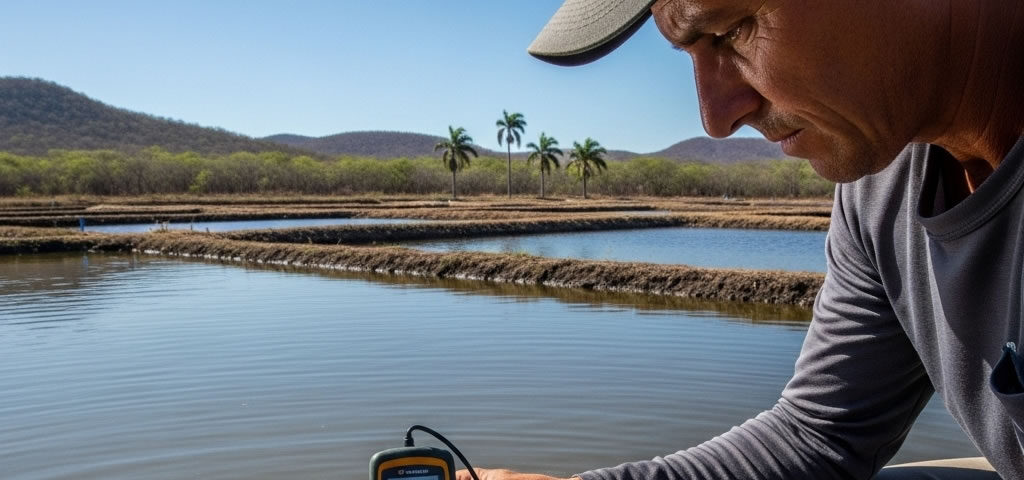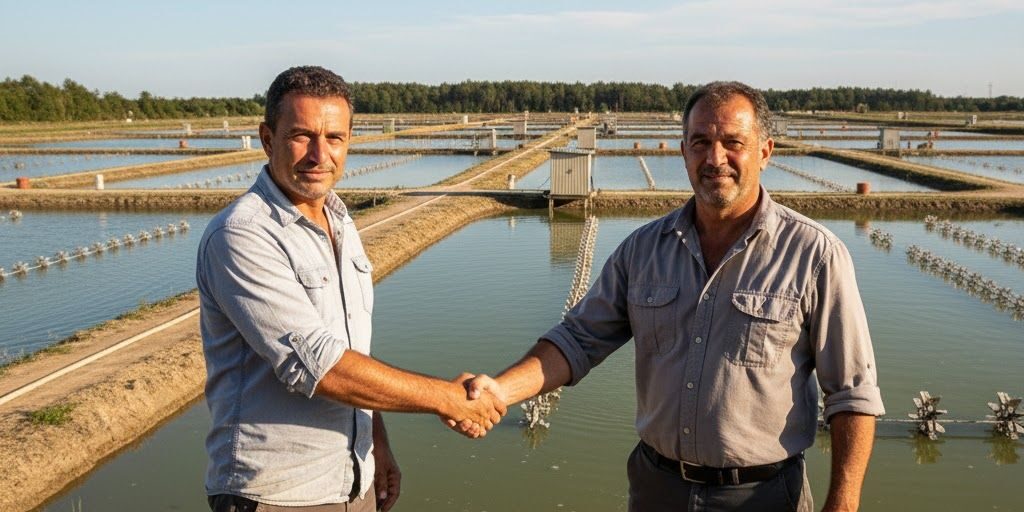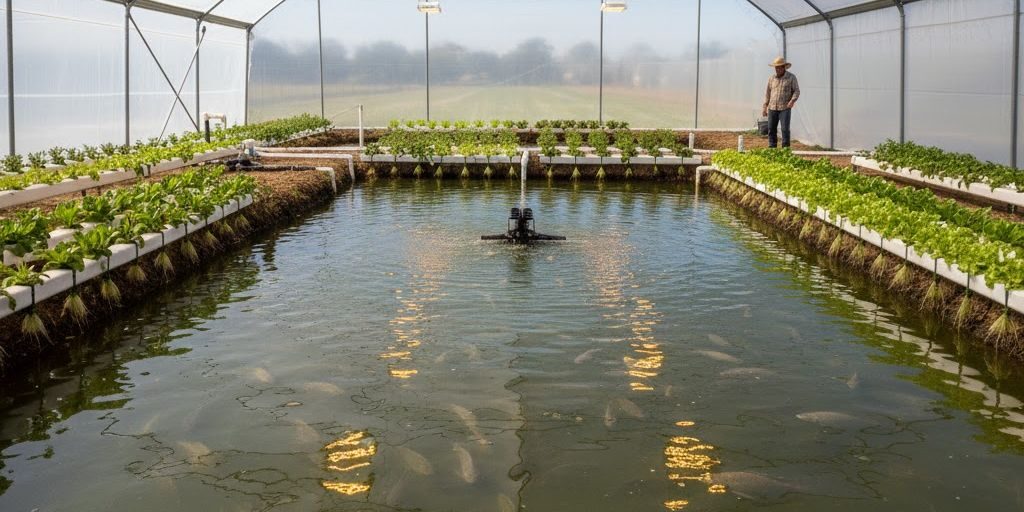- Software Gestor para Aquicultura
- (85) 2139-6730
- contato@despesca.com.br
Market trends for shrimp and fish

Main laws and regulations for aquaculture activities in Brazil.
05/08/2025
Feed management to optimize growth and reduce waste.
07/08/2025Looking to the Future: Market Trends Shaping Modern Aquaculture
For us shrimp and fish farmers, keeping an eye on the market is just as important as monitoring the water quality in our ponds. Market trends for shrimp and fish aren’t just passing fads, but rather shifts in consumer behavior that, if understood and embraced, can be key to the long-term growth and profitability of shrimp farming, especially here in our Ceará region. Today, consumers are more aware, more demanding, and more informed. Let’s understand what this means in practice, from one producer to another, right here in the Northeast of Brazil.
The global market is constantly evolving, and Brazilian aquaculture, particularly here in the Northeast, is positioning itself as a strategic player. Our ability to adapt and incorporate new practices is what will keep us growing. The following trends are a roadmap for navigating this market.
1. The Undeniable Demand for Sustainability
The first and strongest trend is the increasing demand for sustainably sourced seafood. Buyers, both in Brazil and abroad, want to know that the food they consume was produced responsibly, with minimal environmental impact. This goes far beyond a simple label; it’s a working philosophy.
Modern sustainable aquaculture focuses on practices like efficient water use, recirculation systems, effluent treatment to prevent pollution, and the use of high-quality, responsibly sourced feed. How we treat the environment is reflected in the quality of our product and the public’s perception.
One point to note is international certifications (such as BAP and ASC), which, although they may seem like an added cost, open doors to highly profitable export markets and enhance the value of our production in the domestic market, placing us on a differentiated level.
2. Traceability and Transparency in the Production Chain
Linked to sustainability, the concept of shrimp and fish traceability has gained full force. The modern consumer wants to be sure of the origin of their food. Knowing that the shrimp they buy was raised on an audited farm with good management and health practices increases trust and the perception of value. Transparency today is a powerful marketing tool. A QR code on the packaging that tells the story of that shrimp—from the origin of the post-larvae, through water parameters, to the harvest date—creates a unique connection with the consumer. This is where technology comes in as an indispensable ally, providing the necessary data for this traceability.
3. The Appreciation of Local and Fresh Consumption
In a continental country like ours, the appreciation of fresh and locally sourced aquaculture products is a strong trend. Consumers seek fish and shrimp that reach their tables with maximum freshness, shortening the distribution chain and strengthening the local economy. This is a great opportunity for us producers in Ceará to build a strong brand in the domestic market and connect directly with our audience, whether through local fairs or partnerships with restaurants and fish markets.
4. The Focus on Health and Nutrition
The pandemic brought greater awareness to the importance of healthy eating. Fish and shrimp, rich in high-quality protein and essential fatty acids like omega-3, are at the top of the list of healthy foods. Communicating these benefits is a powerful way to increase the demand for seafood and position our product not just as a tasty option, but as a health ally. It’s our chance to educate the consumer about what we produce.
5. Innovation in Products and Formats
Finally, innovation in shrimp farming and fish farming goes beyond just management. The industry is looking at value-added products. Pre-cooked, peeled, seasoned shrimp or fish in fillet and ready-to-eat portion formats are gaining shelf space. These products offer convenience, which is something the modern consumer with a busy routine seeks. Thinking about how to deliver our product in a way that makes the customer’s life easier can open new and profitable business avenues.
6. The Digital Revolution in the Field
All these trends are made possible by technology. Digital transformation is no longer a reality just for large companies; it has arrived for us producers. Management systems like Despesca allow us to centralize data, from water quality to feeding, to make more assertive decisions. E-commerce, digital marketing, and the use of social media are tools that help us communicate with the end consumer, selling our product and building our brand.
These trends show that the future of aquaculture lies in adapting to a market that values quality, sustainability, and transparency. For us producers, this means using technology to our advantage, from the pond to the packaging, to ensure that our product is not only the best but that the consumer knows it. The challenge is significant, but the opportunities are even greater for those who are ready for modernization.




